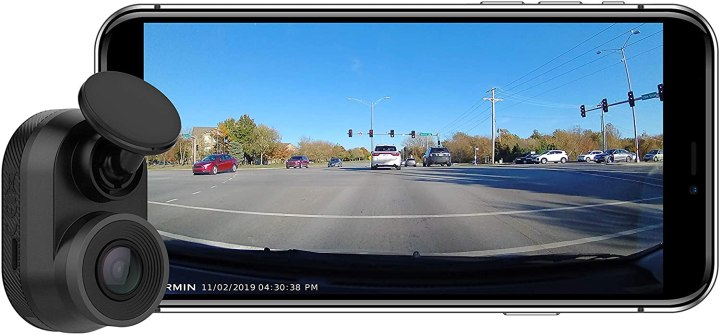
Purchasing a car is a huge investment, so you shouldn’t hold back on buying accessories for your vehicle, especially when it comes to security. If your budget’s tight, you should look forward to this year’s Prime Day deals with the Prime Day 2021 date set on June 21 and June 22, for discounts on car security devices, like car alarms, GPS trackers, and dash cams. Take advantage of the discounts in next week’s Prime Day dash cam deals, before it’s too late and you find yourself in a situation when a dash cam would have helped immensely.
What Prime Day dash cam deals to expect
Dash cams record what’s happening in front of you while you drive. Some models also record what’s going on behind your vehicle, and some models even take videos of the inside of your car. This year’s Prime Day dash cam sales will offer discounts on different models of dash cams with varying features, and it’s up to you to choose the device to purchase according to your needs and budget.
What Prime Day dash cam deals we saw last year
Last year’s Prime Day dash cam deals featured some of the devices on Digital Trends’ list of best dash cams, ranging from basic models to the versions that are packed with advanced features. Whether you drive to the office daily, work for a ridesharing company, or just take the car out during grocery runs, there was an offer for you.
Should you buy a new dash cam on Prime Day?
These days, equipping a dash cam on your car is becoming a requirement. The videos taken by these security devices may prove your innocence during road accidents, or help track down the culprits that caused such incidents. For your peace of mind and the safety of your family, you should take advantage of Prime Day dash cam sales.
The Best Dash Cam Deals happening now
You’ll enjoy massive savings if you take advantage of Prime Day dash cam deals. If you can’t wait for Prime Day, here are the best dash cam deals that are available right now, so you can improve your car’s security right away.
Editors' Recommendations
- Best dash cam deals: Protect your ride from just $39
- Our 5 favorite laptop deals in Best Buy’s ‘3-Day Sale’ — from $159
- Our 5 favorite gaming laptop deals in Best Buy’s ‘3-Day Sale’
- Best Presidents’ Day power tool deals: DeWalt, Milwaukee, and more
- This smart Celestron telescope is 32% off for Prime Day in October




